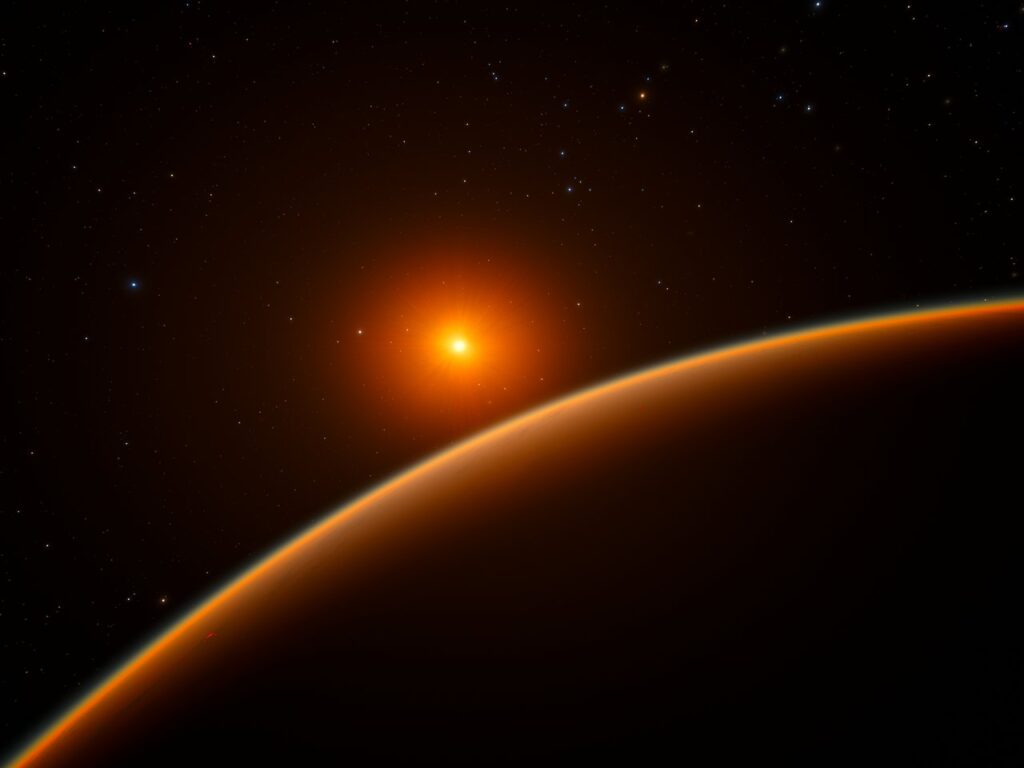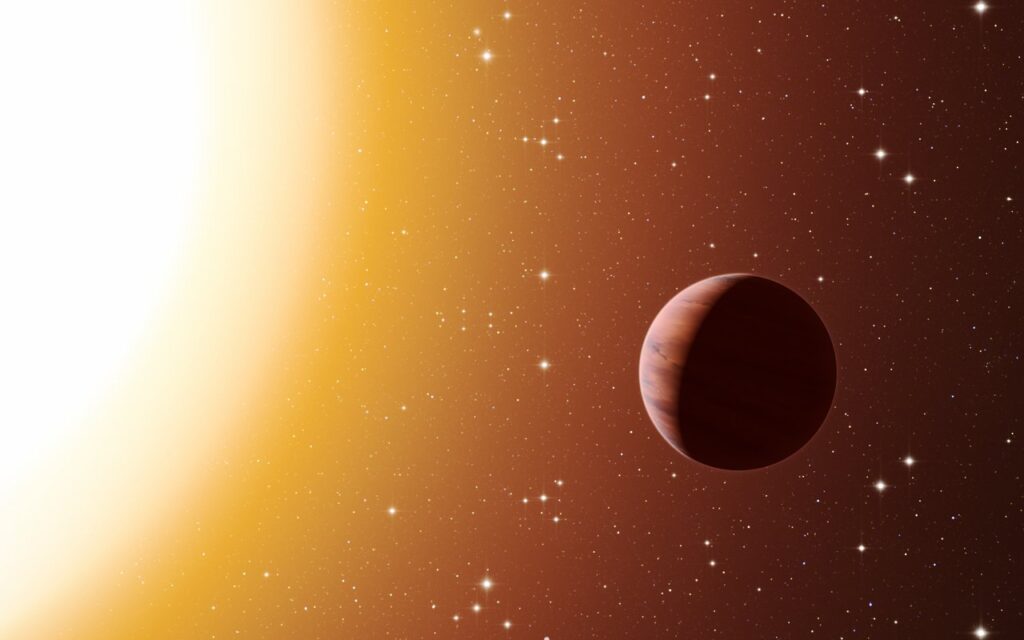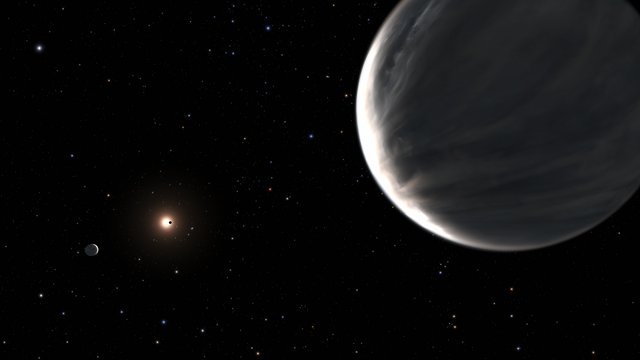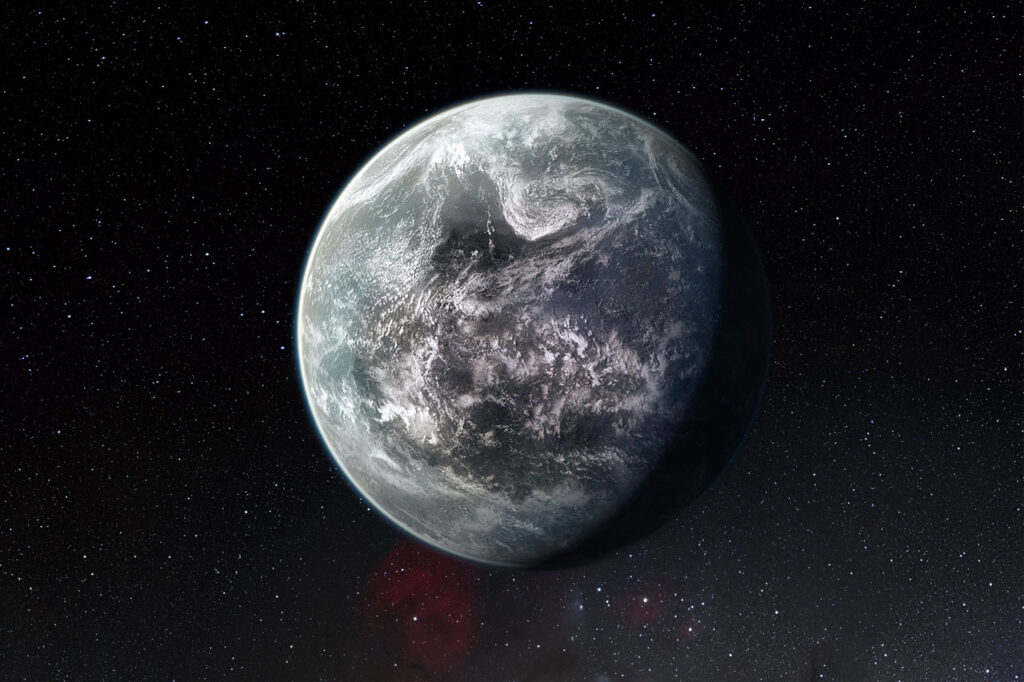We usually classify planets by mass, composition, or distance from their star. But have you ever thought — how dense could they possibly be? What gives a planet its density, or fluffiness? This answer is framed around both the composition and nature of distant worlds—that is, these mysterious exoplanets located in space light years away from our own little home in the solar system. So, how about we explore this topic together and see what causes these exoplanet density types?

Planetary Density & The Importance of its Calculation
So before we start talking about exoplanets, let us begin with the basics. Density is an indication of how tightly mass is packed into a given volume. In the case of planets, this is represented as g/cm³(grams per cubic centimeter). For reference:
- With a density of around 5.5 g/cm³ Earth is a dense rocky planet,
- Saturn, in comparison, has a very low density of 0.69 g/cm³; so light it would float on water (if you managed to find a cosmic bathtub that big)!
Density is sort of like a fingerprint. It shows what materials make up a planet—if it consists largely of rock and metal, gas or ice—and allows scientists to distinguish between types of planets.
How To Find The Density Of Exoplanets
Determining the density of exoplanets is non trivial. We cannot launch a probe to get a closer look at them, unlike planets in our solar system. Instead, scientists make use of two critical pieces of information —
- Mass: Figured out with methods such as the radial velocity method, which tracks how much of a gravitational “wobble” a planet creates in its host star.
- Radius: Derived from the transit method, measuring how much a planet dims its star’s light as it transits (passes in front of) the star.
Once we have the mass and radius, it is then possible to find its density using the formula:
Density=Mass / Volume
In many cases, these results provide new and unexpected information about the composition and structure of exoplanets.
Types of Exoplanets and Their Densities

There is a lot of diversity in exoplanets with very different density profiles. Let’s look into some most popular categories
1. Terrestrial Planets (Rocky Worlds)
Those are terrestrial worlds which means they are primarily composed of rock and metal like our Earth. Their densities are on the high side — usually between 4 and 8 g/cm³. Such as Earth, Venus and Mars in our solar system. Terrestrial worlds, such as those found outside our solar system, frequently orbit close to their stars and at temperatures that permit rocky materials to be stable.
Interesting fact: For instance, some rocky exoplanets (eg. Kepler-10b) are so near to their stars that their surfaces might be molten and they can have a lava ocean on their surface. They are known as lava planets!
2. Super-Earths
Super-Earths, which are rocky planets larger than Earth but smaller than Neptune. Its density differs according to their composition:
- For a rocky super-Earth, this would be 5-7 g/cm³.
- If it’s a water-rich super-Earth, it could have a much lower density (instead of around 5 g/cm³ like a rock- and metal-rich planet, perhaps only 2–4 g/cm³) since water is less dense than rock or metal.
For instance, one super-Earth known as 55 Cancri e has a density around 5.1 g/cm³. Scientists believe that it may hold huge quantities of carbon in its interior, which could have crystallized to form diamonds.
3. Gas Giants
Jupiter and Saturn — the gas giants, primarily composed of hydrogen and helium — have relatively low densities despite their colossal sizes:
- Density of Jupiter is 1.33 g/cm³
- Saturn, as we mentioned earlier, is even less dense (0.69 g/cm³).
The same applies for the density of exoplanetary gas giants (aka Hot Jupiters), which are usually very low. On the other hand, certain Hot Jupiters appear to be unexpectedly “puffy” , having densities as low as 0.1-0.5 g/cm³. The heat from their close-star systems puffs these planets up.
4. Ice Giants
Ice giants, though, have heavier elements like water, ammonia and methane With a density between that of rocky planets and gas giants, 1.5 to 2 g/cm³. Among exoplanets, in particular mini-Neptunes (the smaller versions of Neptune) typically have identical densities while their atmospheres and other composition properties vary widely.
Other Stuff: Odd Exoplanet Density Populations
Exoplanets with strange densities directly test theories of planetary formation:
- Ultra-Dense Worlds: This makes K2-229b one of the densest exoplanets known, with a density close to 8.9 g/cm³, suggesting it is almost entirely made out of iron—a likely stripped core from a larger planet that lost its outer layers.
- Super-puffy planets: At a low density of < 0.1 g/cm³, planets such as WASP-107b are actually as light as Styrofoam. Those planets are likely near the threshold of atmospheric loss.
- Water Planets: Planets, such as GJ 1214b, with density 2 g/cm³, may comprise around 50% water by mass. They are like massive ocean planets with thick, steamy atmospheres.
Why Does Density Vary So Much?
An exoplanet’s density depends on a lot of factors:
- Composition: a solid planet with metal at its core is going to be denser than a large one that consists mostly of ice or gas.
- Distance from star: The closer these planets are to their stars, the more depleted they will be of things like hydrogen and helium and other light elements (i.e. lower density)
- Planetary history: A planet’s density can change over time due to collisions, atmospheric escape and other events.

What Density Tells Us About Planet Formation
Knowing the exoplanets’ density is not only a matter of classifying worlds, but also a step towards the understanding of how planets form and evolve. For example:
- High-density planets indicate huge impacts or stripping of atmospheres imply violent histories.
- Low-density planets suggest unique circumstances through which they had been shaped, such as an abundance of gas, in addition to relatively weak stellar winds.
Density studies also allow astronomers to better determine potential life-bearing capacity. As an example, a planet with nearly the same density as Earth could have some kind of surface and that’s what we need in order to have life.
Where Our Solar System Stands
Planets in our solar system show a diversity of densities, making for a good point of reference when study exoplanets:
- Rocky planets such as Earth and Mars are relatively dense.
- For instance, Saturn, which is a gas giant, has much lower density.
- Neptune-type ice giants fill the gap.
These common patterns provide scientists an ability to make sense of the incredibly diverse worlds in exoplanets discoveries.
Conclusion: The Frontier of Density
Density of exoplanets reveal their hidden worlds from diamond-like super-Earths to Styrofoam-like gas giants, or oceanic steamy planets—each density number helps fit a new piece into the understanding of the cosmic puzzle. With new telescopes and technology coming online, we can only expect more surprises.
So, the next time you read about an exciting new exoplanet discovery, pay attention to its density. This is not just to us a number, but rather a hint of the composition of that faraway world.

Hi, I’m Debashis! I’m a space enthusiast and science writer with a passion for exploring the mysteries of the universe. From black holes to exoplanets and everything in between, I love diving deep into cosmic phenomena and sharing what I learn in an engaging, easy-to-understand way.
If you’d like to talk about space, share your thoughts, or collaborate on a project, feel free to put a comment on the post or drop me an email at debashis.mandal[at]gmail.com.

